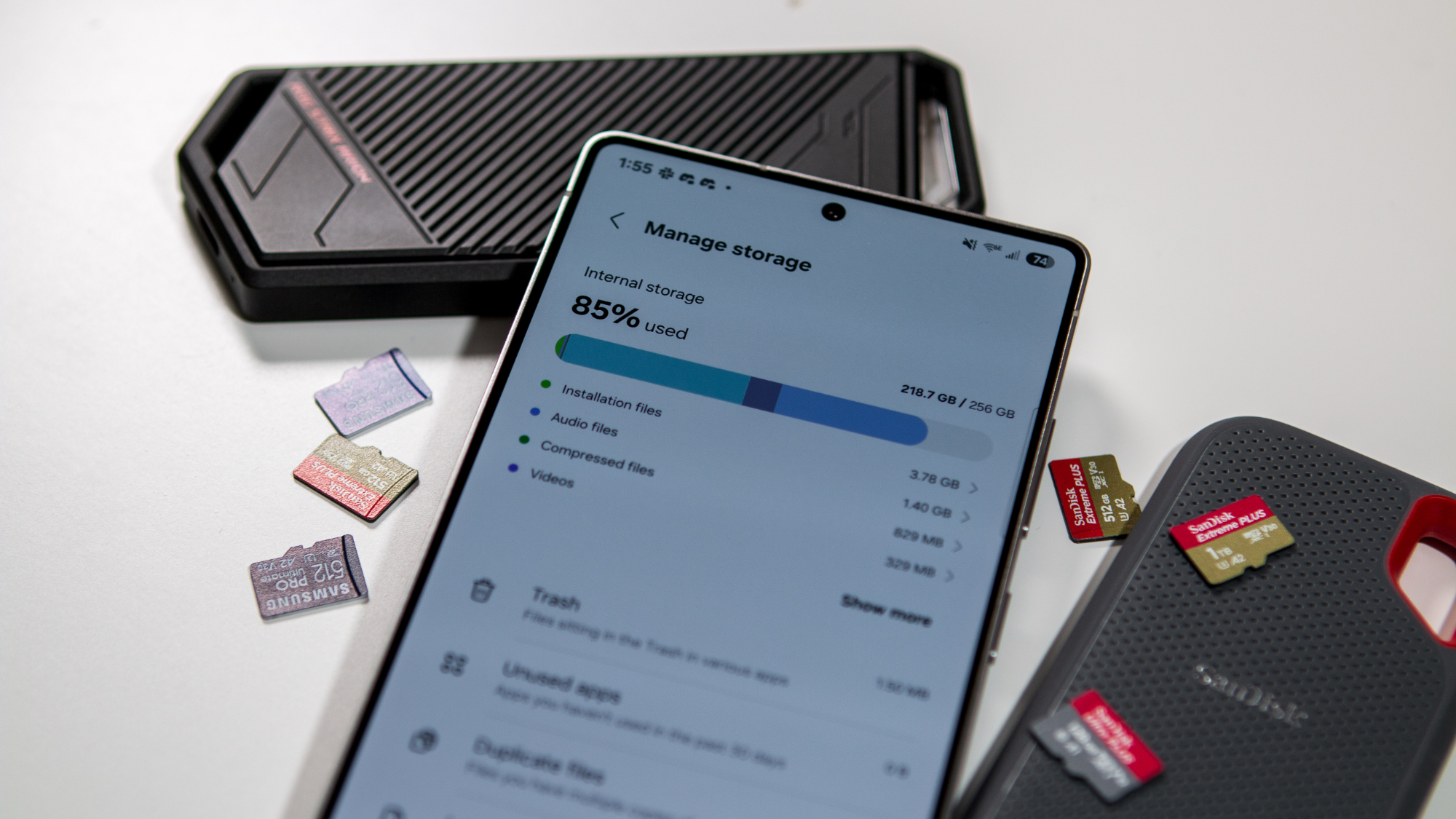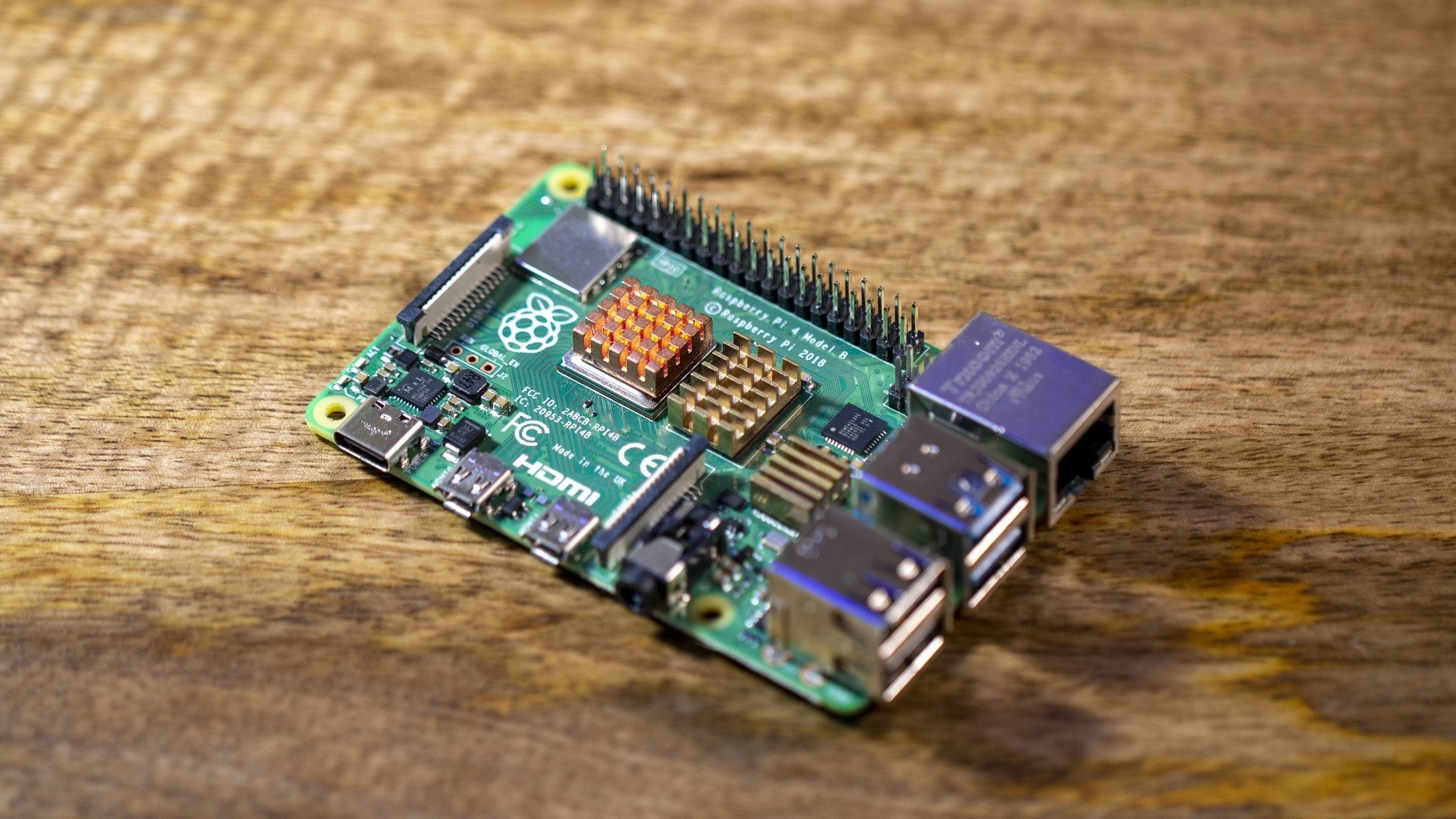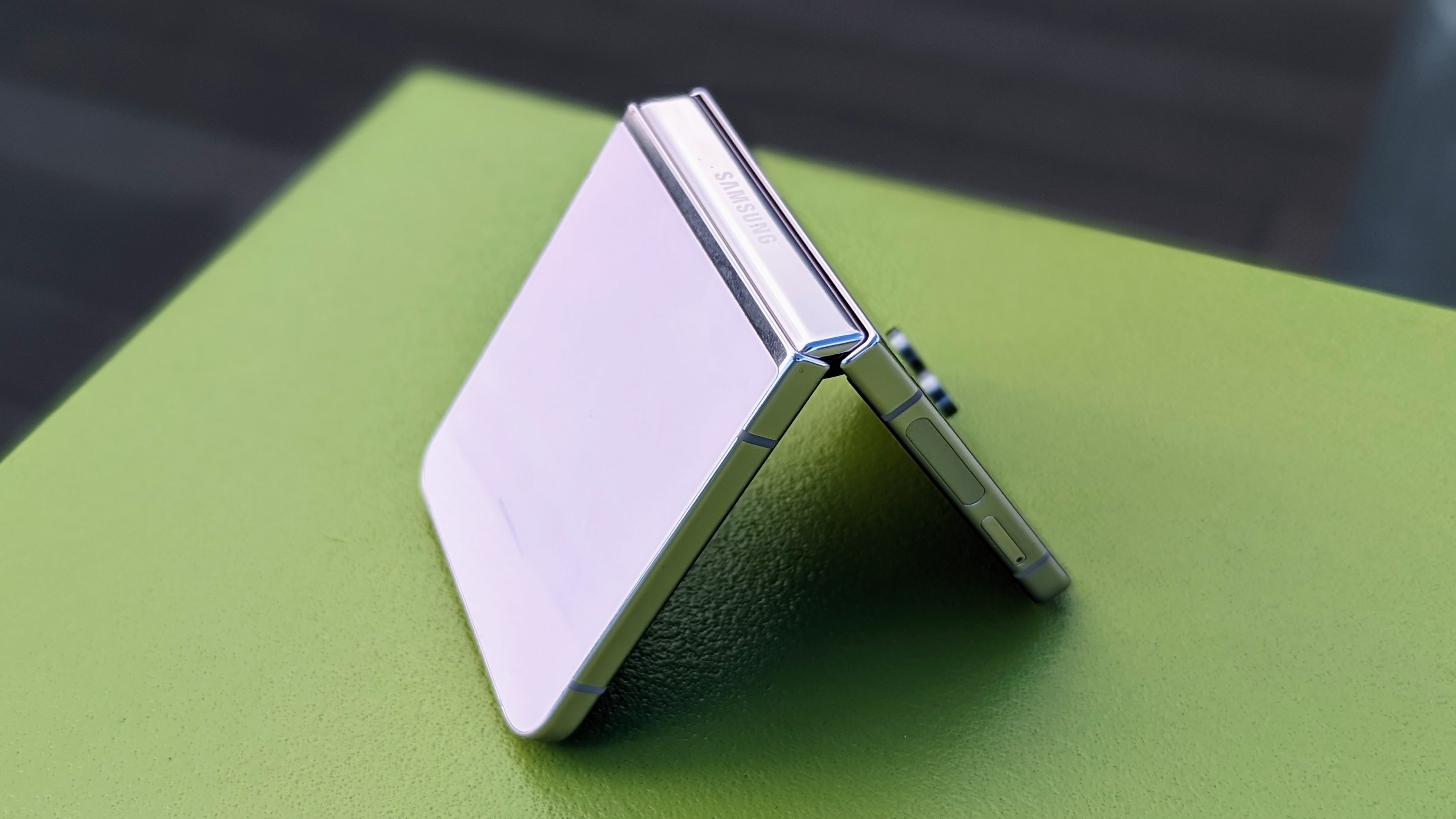Ask Jerry: How can I securely wipe a phone?
Let's talk about tech.

Welcome to Ask Jerry, where we talk about any and all the questions you might have about the smart things in your life. I'm Jerry, and I have spent the better part of my life working with tech. I have a background in engineering and R&D and have been covering Android and Google for the past 15 years.

Ask Jerry is a column where we answer your burning Android/tech questions with the help of long-time Android Central editor Jerry Hildenbrand.
I'm also really good at researching data about everything — that's a big part of our job here at Android Central — and I love to help people (another big part of our job!). If you have questions about your tech, I'd love to talk about them.
Email me at askjerryac@gmail.com, and I'll try to get things sorted out. You can remain anonymous if you like, and we promise we're not sharing anything we don't cover here.
I look forward to hearing from you!
Destroying all the data stored inside a phone

T asks:
Every year I get a new phone for work and the IT department says they "securely wipe" the data from my old one before they turn it over to the purchasing department. Are they serious? If you can do that, can you tell me how?
Thanks
Be an expert in 5 minutes
Get the latest news from Android Central, your trusted companion in the world of Android
Hey T, cool question!
Whenever there's a clear answer, I like to give it right up front because I know a lot of people don't want to read the whole article, so yes. You can do that a few different ways, though some of them are going to destroy the phone. I'm going to assume they are doing it without trashing everything since they are turning it over when they are done.
Another thing to think about is why anyone would need to do this, and that's where we will start.
What is a "secure wipe" and why would you need to do it?
You're probably under the impression that once you delete something from any sort of electronic storage, it's gone forever. It's not.
For regular folks like us, yeah. Once you delete it and empty any sort of trash bin folder that catches everything, you can say goodbye to it. But for people with the right hardware, the right software, and the know-how to use it all, a lot of stuff can be retrieved.
That's because when you delete something, you usually don't delete it. You just delete the bits that tell the system it's there and where it was. For example, if I take a picture of my dog, and delete it after it was saved, the information that makes the picture stays. Only the information that said what it was is removed, and the system thinks the space is now free.
Eventually, the data to create my dog picture will be overwritten by new data, and then it's gone forever. Until then, sometimes you can get it back — if you have the means.

This is pretty universal, regardless of whether you're talking about a phone, a computer, a tablet, or even one of those digital picture frames. Encryption makes it really hard to get any useful data, and your phone is encrypted unless you monkey with it, so it's really not worth worrying about unless you're keeping super-secret important stuff on it.
For people who feel they need to worry about it, they should perform a secure wipe of all the data.
How to securely wipe a phone
There are a few ways to do it, but in this case, they're almost certainly doing it without destroying the storage media. That means they hook it up to something that will completely fill the storage with new, but completely nonsensical data; really just a bunch of 1s and 0s in a random pattern. This will make sure all of the storage is overwritten, and anything old will be truly destroyed.
Though it's a long process, you can do this to your phone yourself. Factory reset the phone, go through the setup without entering any accounts, attach it to a computer, and start copying tons of small text files that are just a single page of "11111111111111111" over and over. This won't clear the system storage, but nothing should ever be written to it, so it's plenty of overkill if you think you need the overkill. Once the phone's storage is full, factory reset it again.

The easy way is with a hammer or a couple of pairs of pliers. Breaking it into tiny bits will ensure you can never get the data from the device. It's also kind of fun. Just make sure you bust up all the small silicon rectangles to make sure you get the storage media.
This is how some government agencies "delete" data from old computer hard drives, and there is a person who gets paid to smash the hell out of them. Once done, just toss everything in a baggie to drop in an e-waste bin, and you're good to go.
While some people really do need to live with this level of paranoia, you don't, I don't, and 99.9% of the people reading this don't. Getting old deleted data from an encrypted device that was wiped is nearly impossible, so the data has to be worth the effort.
If you want something to worry about, look at what the company that provides your phone service is doing with your data instead. The next time someone calls you about an extended warranty, it's not because they got anything from your old phone — it's because your carrier sold them your name and phone number.

Jerry is an amateur woodworker and struggling shade tree mechanic. There's nothing he can't take apart, but many things he can't reassemble. You'll find him writing and speaking his loud opinion on Android Central and occasionally on Threads.
You must confirm your public display name before commenting
Please logout and then login again, you will then be prompted to enter your display name.
